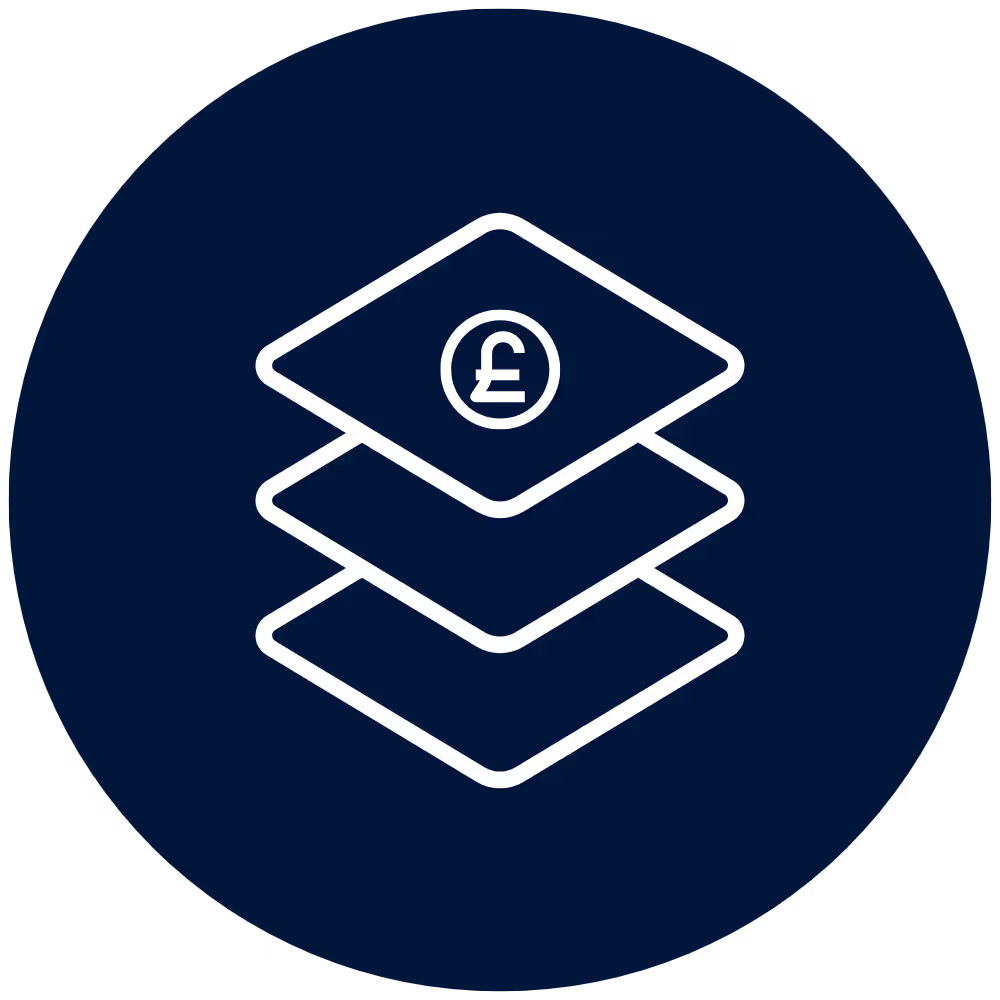
Enjoy Guest WiFi data collection without the worry.
Are you fretting about expensive data breaches? Eliminate stress with Guest WiFi data capture that complies with all major privacy laws, including GDPR and CCPA. Peace of mind, at last.


Dependable Guest WiFi data capture
- Adhere to any global data protection law, including GDPR and CCPA
- Store data within the highly secure, login-access-only platform
- Remove risk with subject access requests handled on your behalf
- Customize information, like marketing opt-ins, privacy policies, and T&Cs

Reliable data storage to relieve IT pressures
- Ensure business as usual with a reliable 99.999% uptime
- Enjoy secure Google Cloud data storage, with data stored in-region
- Restrict user access to control who views your visitors’ data
- Embrace a solution backed by ISO 27001 and 9001 certification

First-party data to maximize marketing
- Enjoy up to 50% higher opt-in rates than other marketing channels
- Create customizable splash pages with marketing opt-in options
- Upload custom terms or data fields to collect useful information
- Access opt-in data only to mitigate the risk of a data breach

.svg)
We are continually looking for new ways to enhance the customer experience, and Purple has helped us do just that, with the added benefit of customer insight.
90%
reduction in the need for IT engineers to visit sites physically
4m
visits that resulted in a WiFi login at a restaurant per year
2.5m
unique Guest WiFi users captured in the CRM in the first two years
Get set for success with Guest WiFi data capture
Discover our handy range of tools to help you get started, from assessing your current access point set up to calculating the price of your desired plan.
Harness the power of Guest WiFi data capture
A world of compliant first-party data awaits. Ready to get started? Speak to an expert to find the right Guest WiFi plan for your business.















.svg.avif)




















